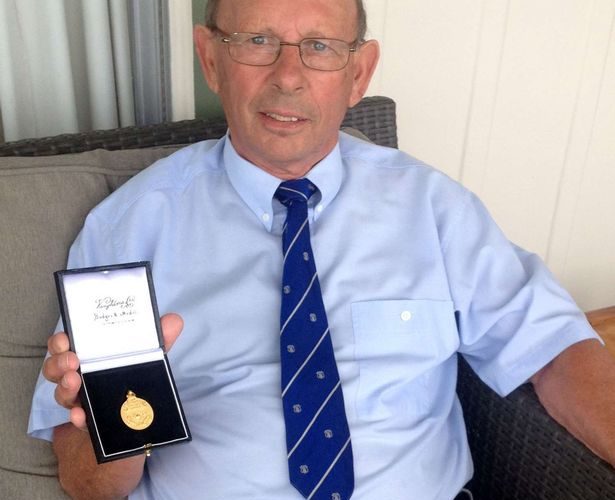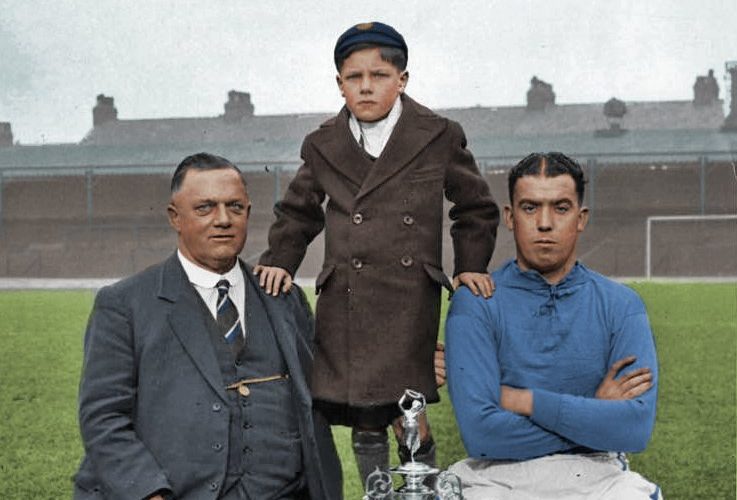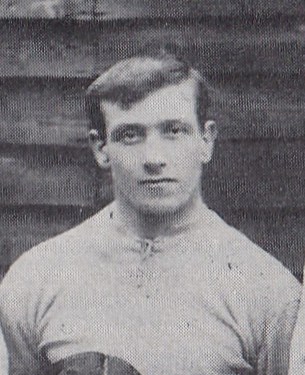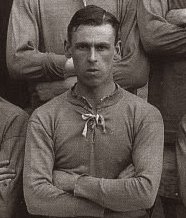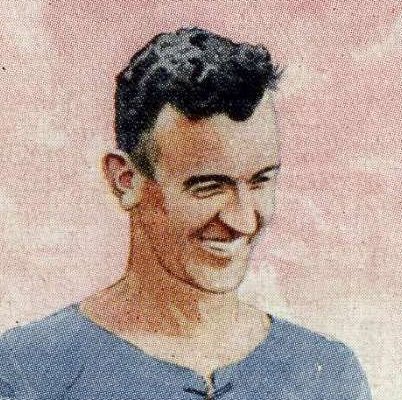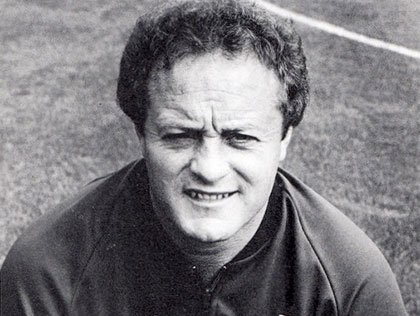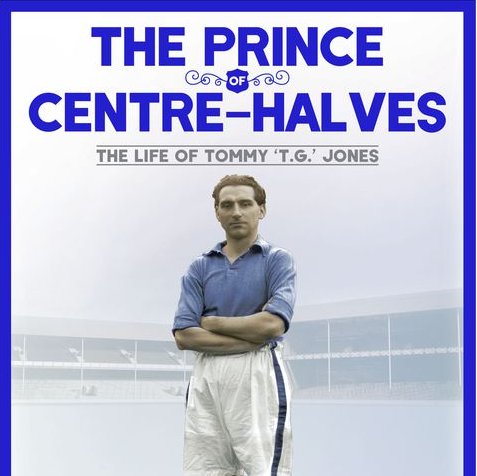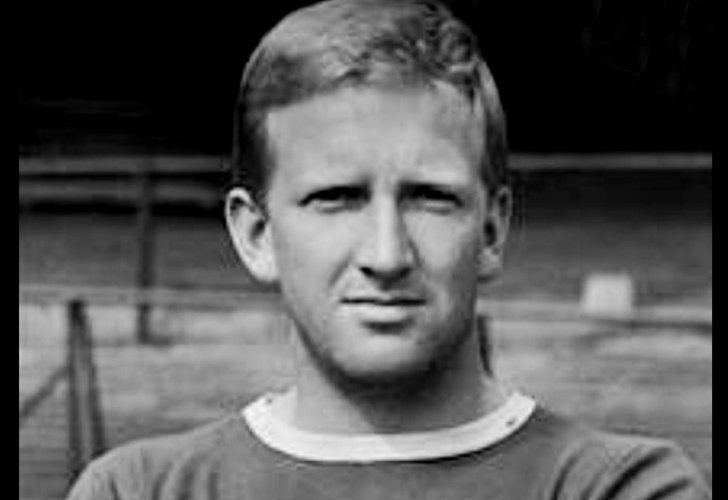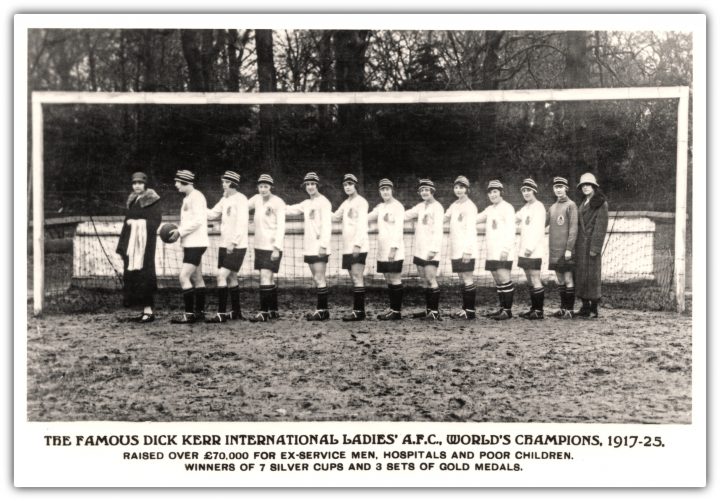Ray Veall – honoured at last
'I played with great players... I just wish it had lasted longer' By Rob Sawyer Skegness-born Ray Veall, now 71, was a slightly-built outside-left who made an impact at Doncaster Rovers and placed himself on the radar of the two Harrys – Everton’s chief scout Cooke and boss Catterick. A £10,145 outlay was sufficient to persuade the Division Two outfit to part with their left-wing prodigy in the autumn of 1961. Veall recalled: “The coach called me in and said, ‘Harry Catterick wants to see you at the Earl of Doncaster Hotel.’ I caught the bus there by myself –…

